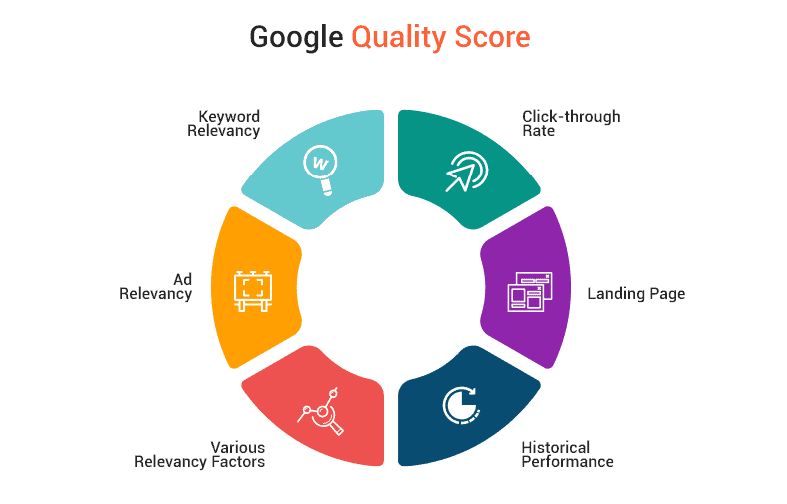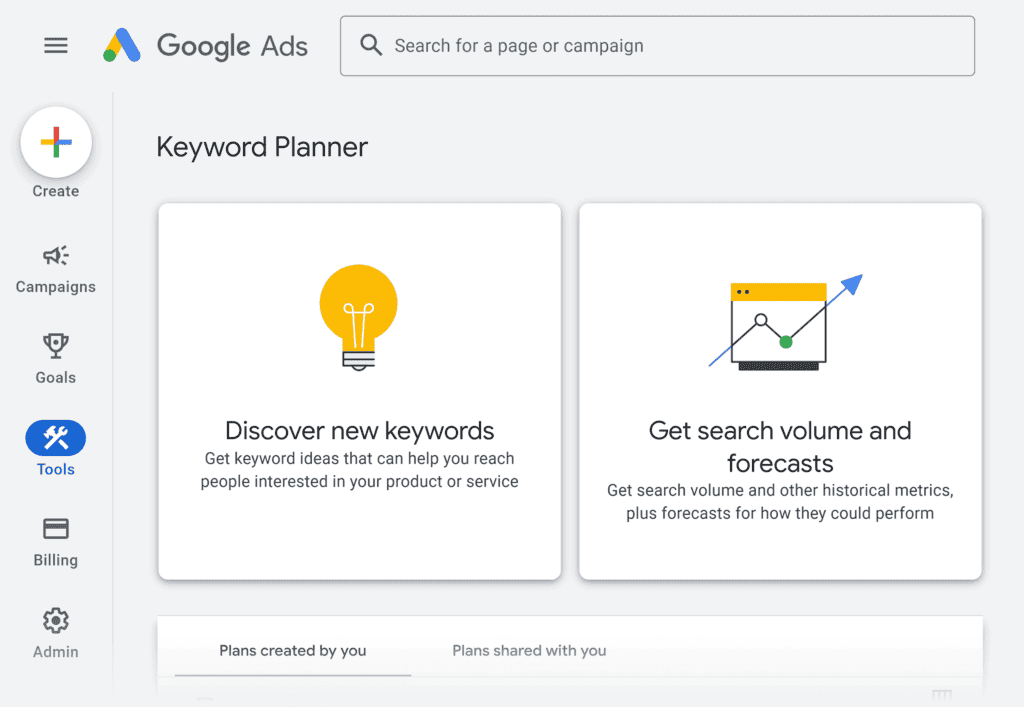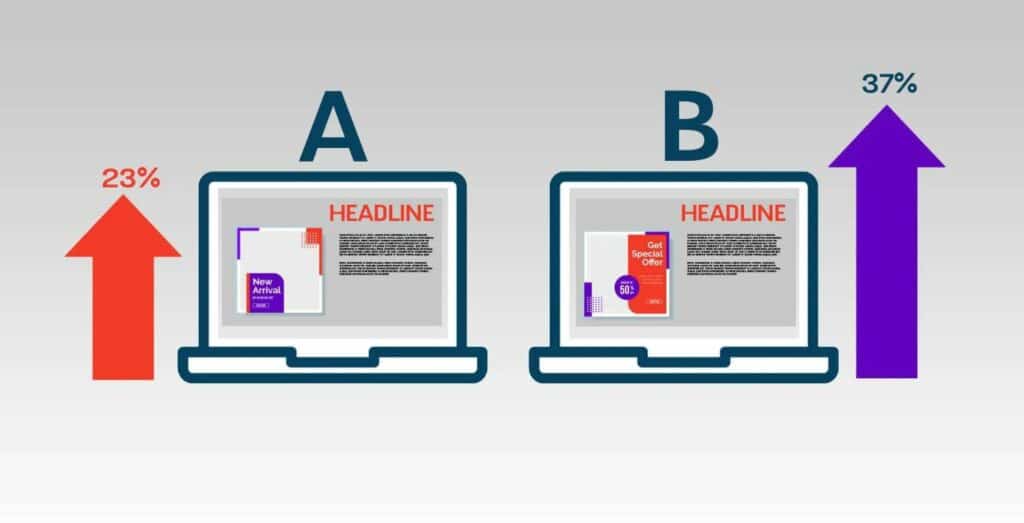Discover 10 practical ways to enhance your Google Ads Quality Score for better ad performance and cost efficiency.
Understanding Google Ads Quality Score
Before we dive into the nitty-gritty of improving your Google Ads Quality Score, it’s good to understand what it is. Think of it as a report card for your ads. Google grades them based on relevance, landing page quality, and expected click-through rate (CTR). The higher the score, the better your ads perform, often at a lower cost. It’s like getting more clicks without paying more money!

Focus on Relevant Keywords
Keywords are the backbone of any ad campaign. If your ads aren’t matching what people are searching for, you’re likely missing out. It’s like trying to sell ice cream in winter gear—just doesn’t fit! Use tools like Google’s Keyword Planner to find out what words and phrases your potential customers are using. Make sure those keywords are in your ad copy and landing pages too.

Improve Ad Relevance
Ad relevance is about ensuring your ad text is closely related to your keywords and the user’s search intent. If someone searches for ‘affordable running shoes,’ your ad should mention exactly that, not just ‘sports equipment.’ It’s like talking to someone and responding to their specific questions rather than going off on a tangent. The more relevant your ad is, the happier Google is.

Enhance Landing Page Experience
Imagine clicking on an ad for a cozy sweater and landing on a page selling socks. Frustrating, right? Your landing page should deliver what your ad promises. Make sure it’s easy to navigate, loads quickly, and is mobile-friendly. Check if the content matches your ad copy and keywords—consistency is key!

Optimize for Mobile
More people are browsing on their phones than ever before. If your website isn’t mobile-friendly, you’re not just losing potential customers—you’re also harming your Google Ads Quality Score. So, test how your site looks on a mobile device. Is it easy to navigate? Does it load fast? If not, it might be time for some tweaks.
Increase Expected Click-Through Rate (CTR)
Google predicts how often your ad might get clicked when shown. A higher CTR means your ad is relevant and engaging. Use action-oriented language in your ads. Phrases like ‘Get Started Today’ or ‘Learn More’ can prompt users to click. Also, if you know your audience tends to click more on Monday mornings, try scheduling your ads to appear then.
Utilize Negative Keywords
Negative keywords are words you don’t want your ads to show up for. If you’re selling luxury watches, you probably don’t want to appear in searches for ‘cheap watches’. This helps ensure your ads reach the right audience and improves your Google Ads Quality Score by preventing wasted clicks.
Conduct A/B Testing
Not sure which ad copy works best? Try A/B testing. Create two versions of an ad with slight variations in the headline or call-to-action. See which one performs better. It’s like a taste test for your ads. Over time, you’ll gather insights into what language resonates most with your audience.

Leverage Ad Extensions
Ad extensions provide extra information about your business, like location, phone number, or additional site links. They make your ad more useful to users, which can enhance your CTR and Google Ads Quality Score. Plus, they make your ad visually stand out, which is always a bonus.
Lorem ipsum dolor sit amet, consectetur adipiscing elit. Ut elit tellus, luctus nec ullamcorper mattis, pulvinar dapibus leo.
Maintain a High-Quality Score Over Time
Just like maintaining a good credit score, keeping a high Google Ads Quality Score takes ongoing effort. Regularly review your campaigns, refresh your ad copy, and keep testing new ideas. Google’s algorithms change, and so does user behavior. Stay on top of these trends to keep your score high.
Conclusion
Improving your Google Ads Quality Score is more than just a number—it’s about providing a better experience for users while getting more value out of your advertising budget. By focusing on relevant keywords, enhancing ad relevance, and continually testing your ads, you’ll see improvements not just in your Quality Score, but in your overall campaign performance. Remember, it’s a marathon, not a sprint—keep adjusting and learning along the way!






